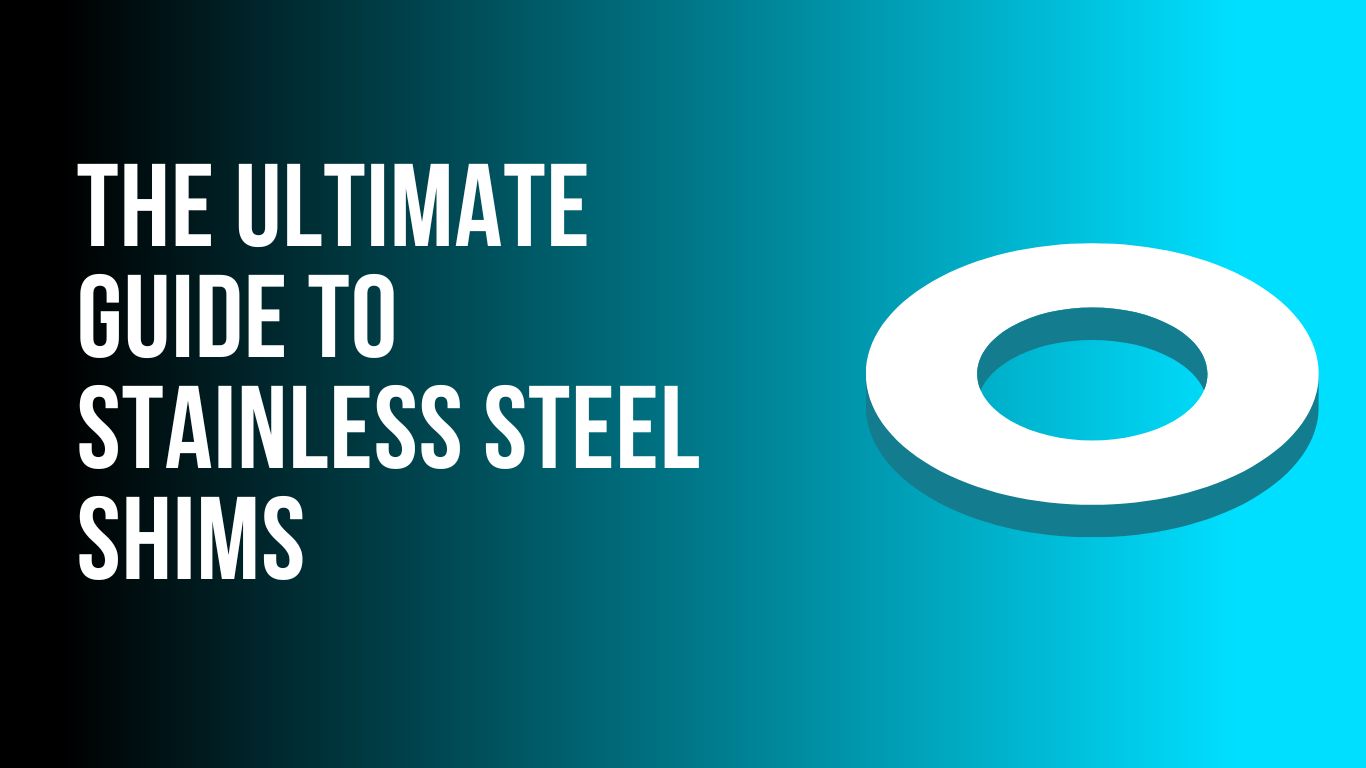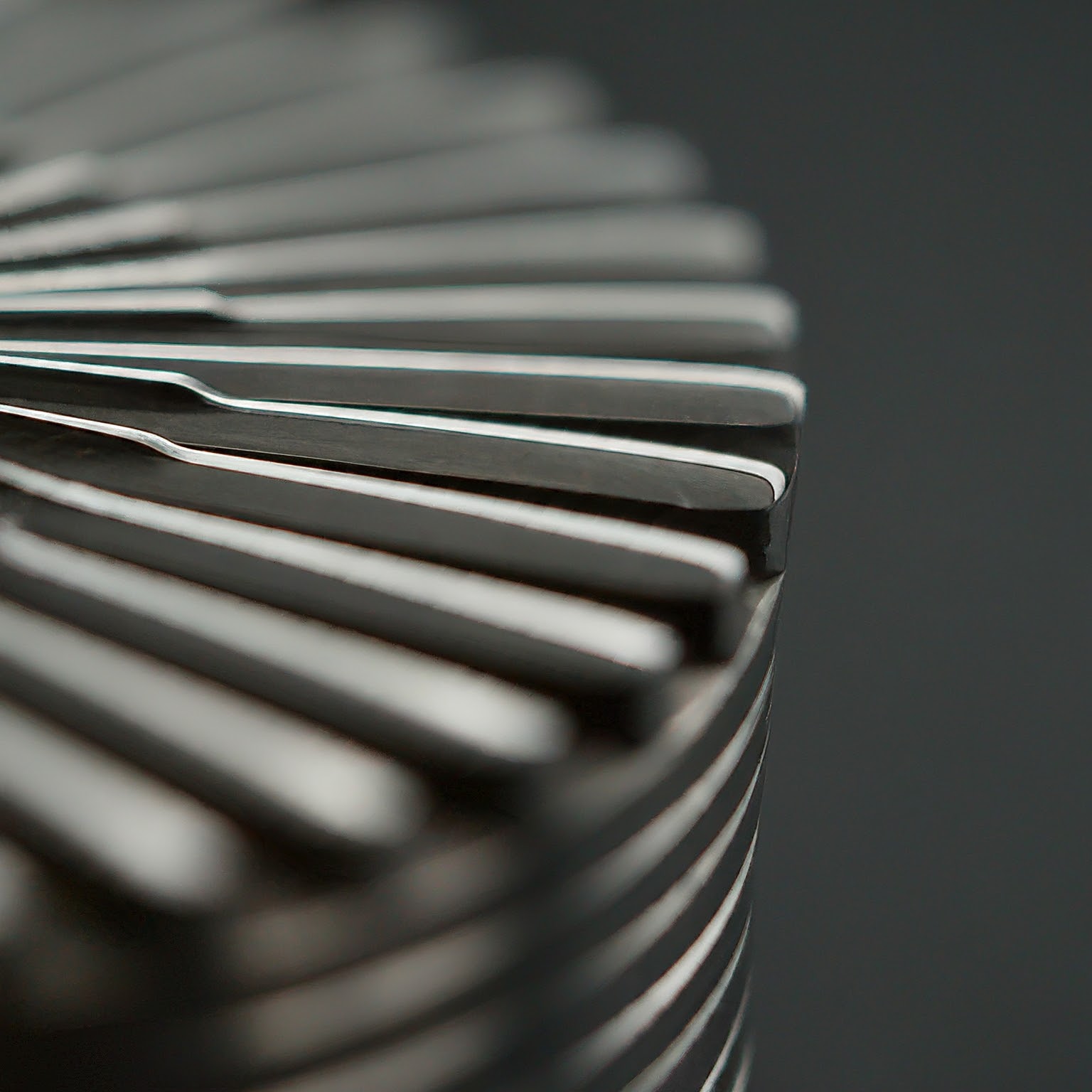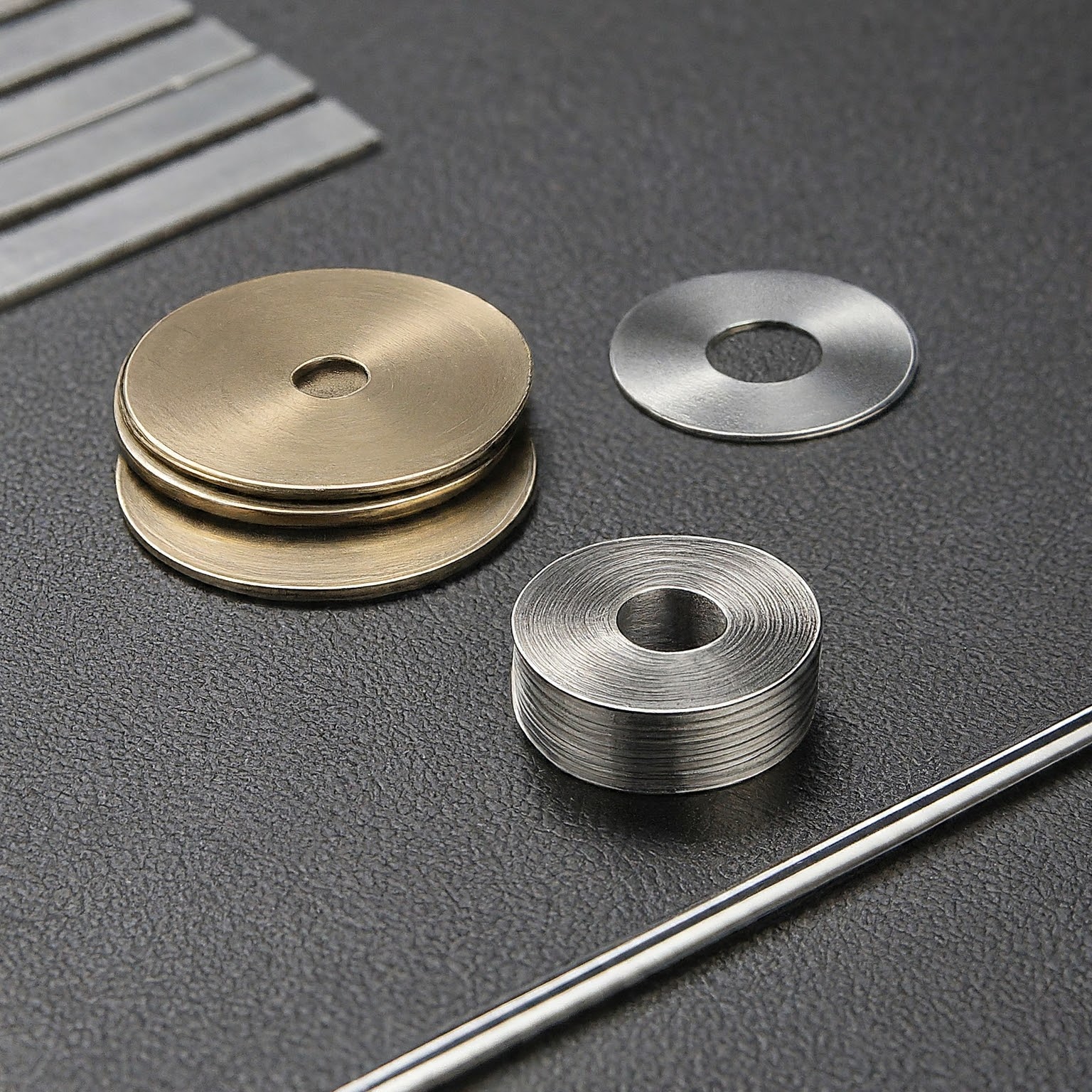The Ultimate Guide to Stainless Steel Shims

Choosing the right stainless steel shim can be a game-changer for your project. Whether you're working on a complex engineering task or a simple DIY project, the quality and fit of the shim you choose can make all the difference. In this guide, I'll walk you through everything you need to know about selecting the perfect stainless steel shim. From understanding the basics to considering key factors, by the end of this article, you'll be well-equipped to make an informed decision.
Table of Contents:
- Understanding Stainless Steel Shims
- Why Choosing the Right Stainless Steel Shim Matters
- Types of Stainless Steel Shims
- Factors to Consider When Choosing Stainless Steel Shims
- How to Measure for Stainless Steel Shims
- Where to Buy Stainless Steel Shims
- Conclusion
Understanding Stainless Steel Shims
A stainless steel shim is a thin piece of metal used to fill gaps, provide support, or ensure precision alignment between two parts. They're essential in various industries, including automotive, construction, and manufacturing, due to their durability, resistance to corrosion, and strength.
Key Characteristics of Stainless Steel Shims:
- Corrosion Resistance: stainless steel shim resist rust and corrosion, making them ideal for harsh environments.
- Strength: They offer high strength-to-weight ratios, ensuring structural stability.
- Versatility: Available in various sizes, thicknesses, and grades to suit different applications.

Why Choosing the Right Stainless Steel Shim Matterss
Choosing the wrong ss shim can lead to misalignment, equipment failure, or even accidents. That's why it's crucial to select the right type, size, and material for your specific application. Let's face it: you don't want to risk your project's success on something as seemingly small as a shim.
By choosing the correct stainless steel shim:
- You ensure proper alignment, which is vital for machinery operation.
- You prevent unnecessary wear and tear on equipment.
- You avoid costly repairs and downtime.
- You enhance safety by ensuring components fit together securely.
Types of Stainless Steel Shims
Not all stainless steel shims are created equal. There are different types, each with its own set of properties:
- Standard Stainless Steel Shims: These are the most common type and offer a good balance of strength and corrosion resistance.
- Spring Stainless Steel Shims: These have a slight springiness, allowing for a bit of flexibility in the fit.
- Heat-Treated Stainless Steel Shims: These are harder and stronger than standard shim sheets, ideal for high-stress applications.

Factors to Consider When Choosing Stainless Steel Shims
When it comes to choosing the right stainless steel shim, there are several factors you need to consider. I'll break down the most important ones for you:
- Material Grade:
- Stainless steel comes in various grades, each with its own properties. For instance, 304 stainless steel is known for its excellent corrosion resistance and is ideal for most general applications. On the other hand, 316 stainless steel offers enhanced resistance to chlorides and acids, making it perfect for marine or chemical environments.
- Thickness:
- The thickness of the shim is crucial for achieving the correct alignment. Measure the gap accurately and select a shim that fits snugly without forcing it into place.
- Load Capacity:
- Consider the weight and force that the shim will need to support. Heavier loads require thicker and stronger shims to prevent deformation.
- Environmental Conditions:
- Think about the environment in which the shim will be used. Is it exposed to moisture, chemicals, or extreme temperatures? Choose a stainless steel grade that can withstand these conditions.
- Precision:
- Some applications require high precision, where even a slight misalignment can cause issues. In such cases, opt for precision-ground shims that offer tight tolerances.
- Application-Specific Requirements:
- Different industries have specific requirements. For example, in the automotive industry, shims may need to be heat-resistant, while in construction, they may need to withstand heavy loads.
How to Measure for Stainless Steel Shims
Measuring for stainless steel shim might seem straightforward, but precision is key. Here's a step-by-step guide to help you get it right:
- Determine the Gap:
- Use a feeler gauge or caliper to measure the gap between the two parts where the shim sheets will be placed. This will give you an accurate thickness measurement.
- Check for Evenness:
- Ensure that the gap is even across the surface. If the gap varies, you might need to use a tapered shim or multiple shims of different thicknesses.
- Consider Load Distribution:
- If the shim needs to support a load, measure the area to ensure even load distribution. This will prevent the shim sheets from warping or bending under pressure.
- Account for Tolerances:
- Consider any tolerances required for your specific application. Precision-ground shims can help achieve tighter tolerances if needed.

Maintaining and Caring for Stainless Steel Shims
While ss shim are durable and resistant to corrosion, proper maintenance can extend their lifespan and ensure optimal performance. Here are some tips on how to care for your shims:
- Regular Inspection:
- Periodically check your shims for any signs of wear, corrosion, or deformation. Replace any damaged shims immediately to avoid compromising your project.
- Proper Storage:
- Store shims in a dry, clean environment to prevent rust and corrosion. Keep them organized by size and thickness for easy access.
- Cleaning:
- If your shims get dirty, clean them with a mild detergent and warm water. Avoid using abrasive materials that could scratch the surface.
- Handling:
- Handle shims with care, especially thin ones, to prevent bending or warping. Use tools like tweezers or pliers to place them accurately.
Conclusion
Choosing the right stainless steel shim might seem like a small detail, but it's a critical aspect of ensuring the success of your project. By understanding the different types of shim sheets, considering key factors like material grade and thickness, and following proper measurement and maintenance practices, you'll be well-prepared to make the best choice for your needs.
Remember, the right shim sheets ensure precision, safety, and longevity in your applications. So take the time to choose wisely and enjoy the peace of mind that comes with a job well done.
About Sachin Shim
Our range of shims includes metal, machine, industrial, precision, adjustable, machinery, engineering, custom, and alignment shims. These shims are designed for various applications, such as machinery alignment, fine adjustments in industrial-grade machines, engineering projects requiring steel shims, heavy-duty machinery requiring versatile metal shims, aerospace applications demanding precision stainless steel shims, automotive use requiring adjustable aluminum shims, precision engineering projects using high-quality brass shims, construction applications requiring durable plastic shims, specialized machinery needing customized shim solutions, and manufacturing processes requiring fine-tuning shims for precise alignment and accurate machine setup and leveling.
Author
Meet Sachin, our expert author in industrial materials with a deep understanding of brass shim sheets. With years of experience, Sachin brings valuable insights and expertise to this guide, making him a trusted source for all things related to brass shim sheets. Join us as we delve into the art of crafting brass shim sheets with Sachin leading the way.
List Other similar blogs







